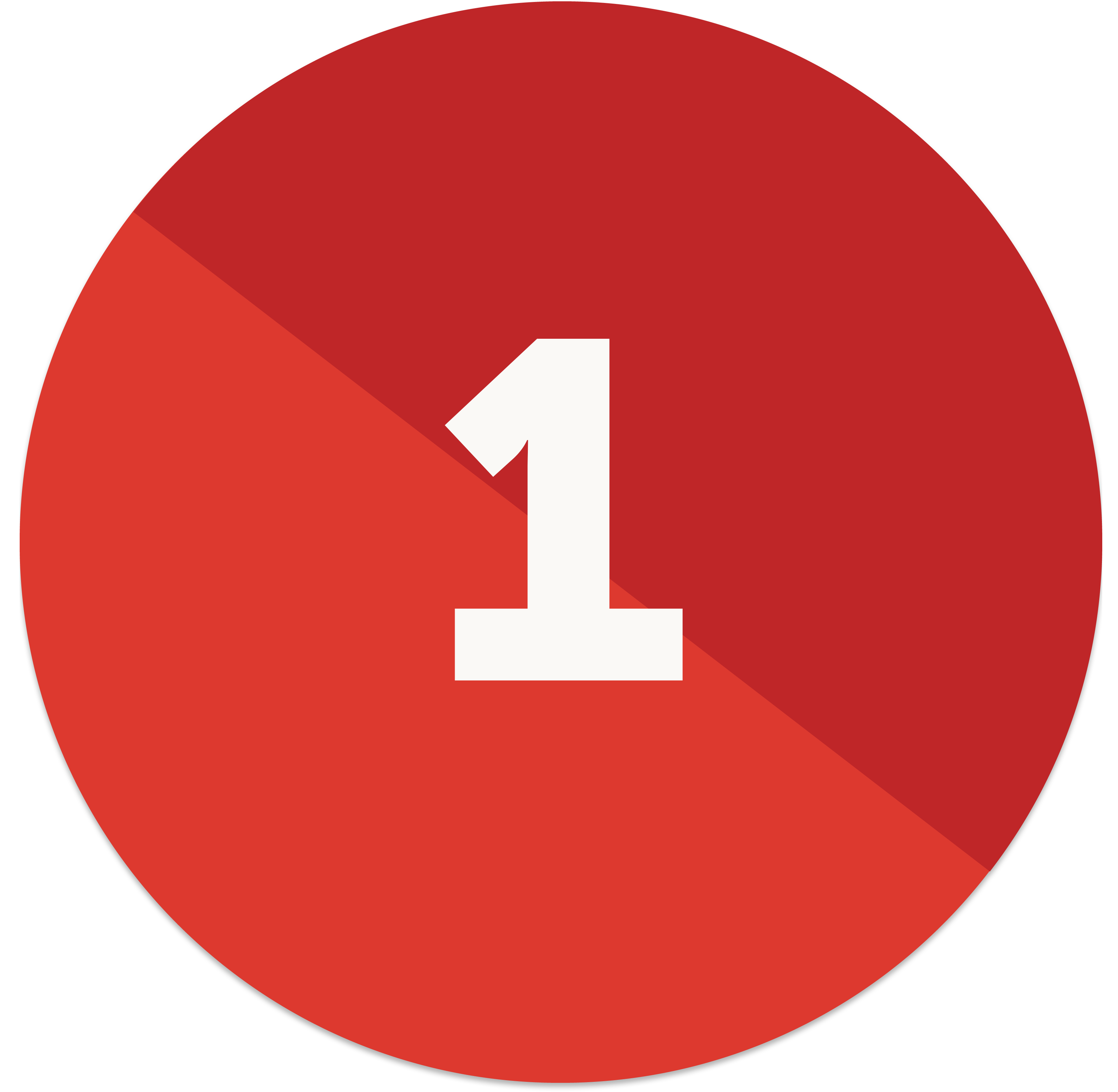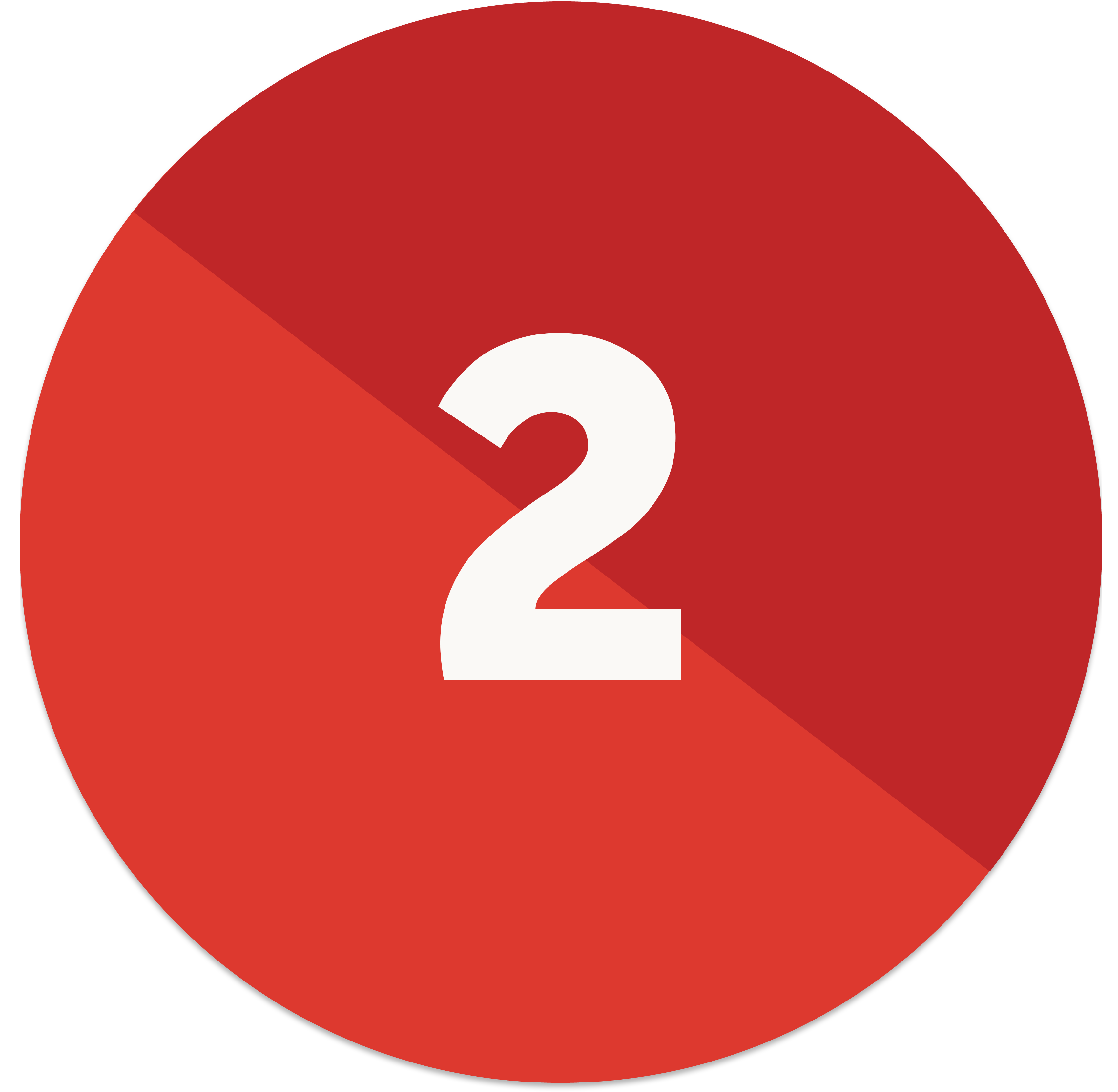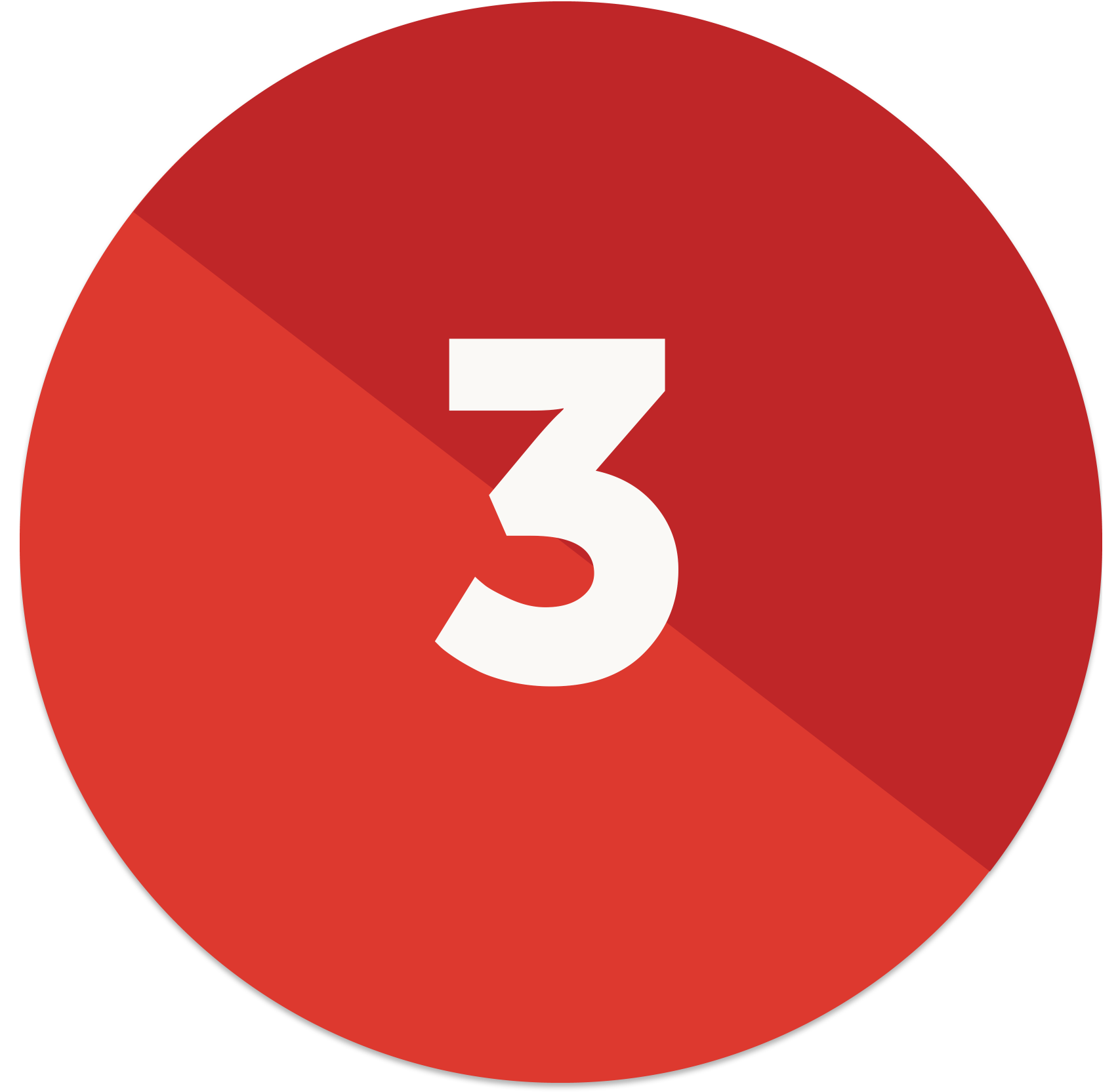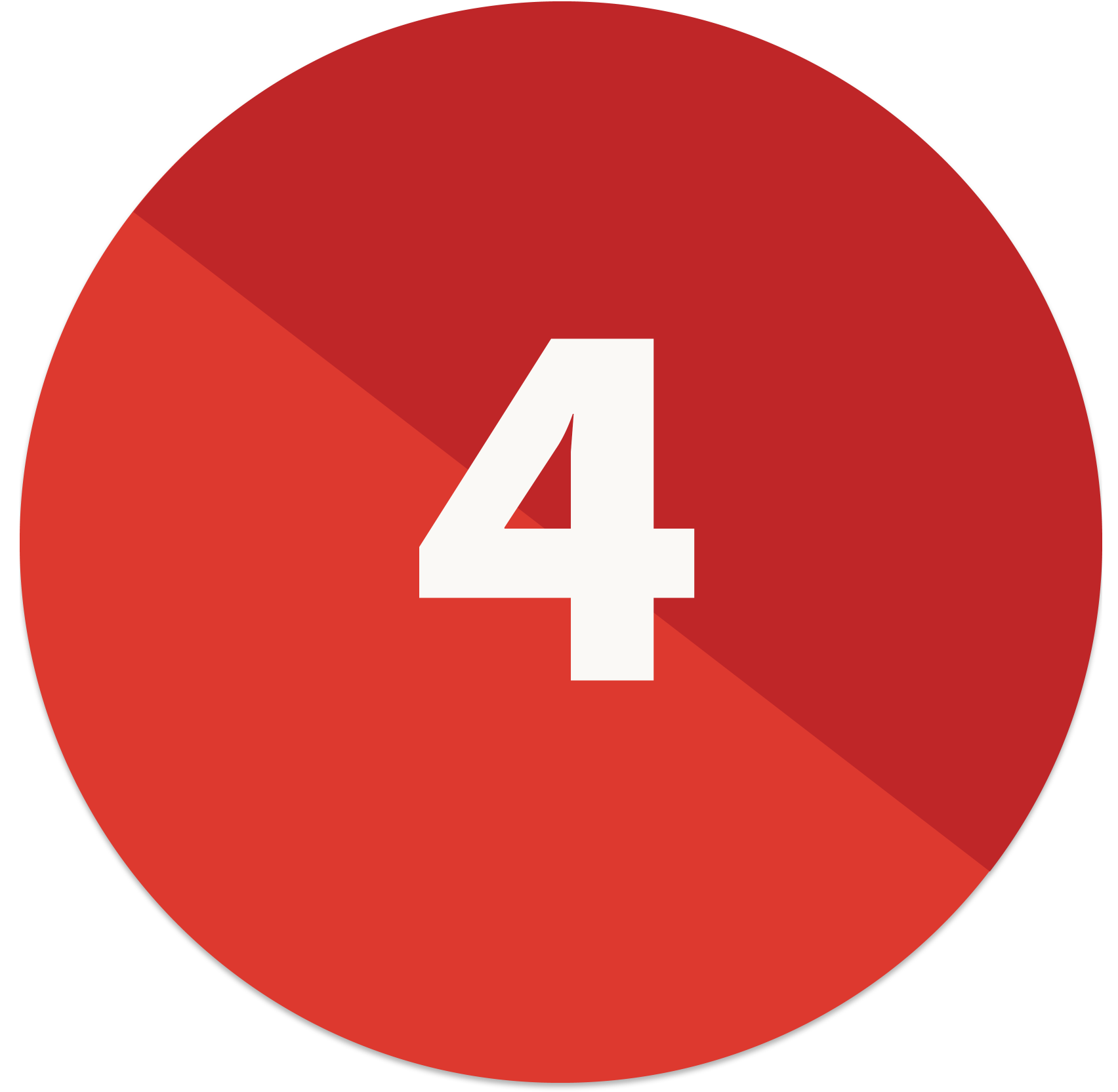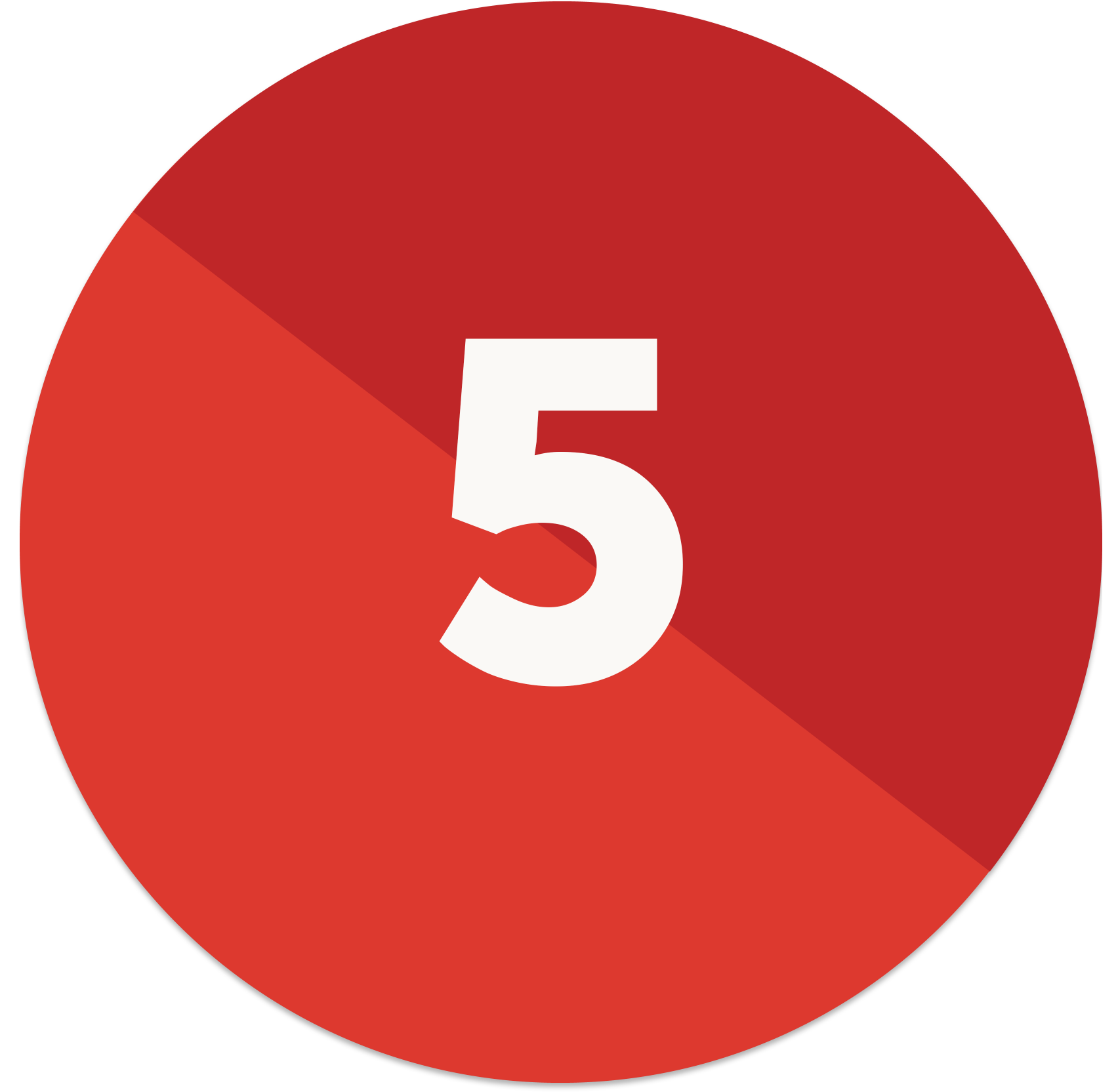THE DATA HEIRARCHY & OUR PROCESS
Following the CAN process allows you to understand where you are, see the steps in front of you, plan for those steps, hire and then train the individuals you will need both now and in the future, and still have the technical and operational expertise you need all while de-risking the creation of data-driven decision making inside your company.
THE DATA HEIRARCHY
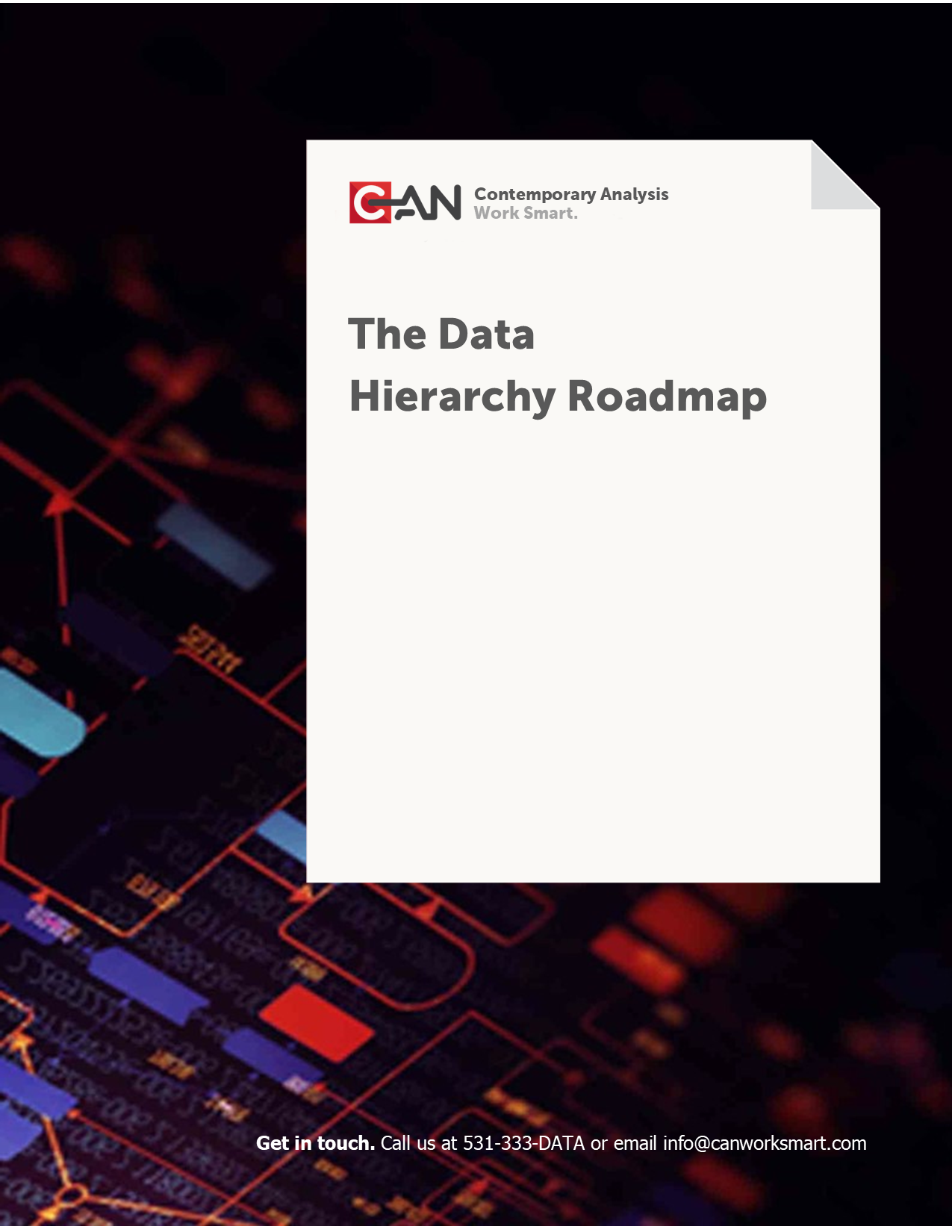
We realized the people working day to day in the data wanted to do more. The disconnect wasn’t in the data execution, it was from above where they just didn’t understand how the magic worked. Companies would find one solution and think that was the end.
Our latest eBook, The Data Hierarchy Roadmap, explains the hierarchy concept, how each step relates to a use case and how our team can keep you moving up.
Data Hierarchy is a concept we put forward to deal with a common problem. We were finding a majority of the companies working with data projects were falling short of what was possible. Companies were spinning up single stage data science applications and thinking that was it.
Reporting
What Happened Yesterday
The first step to working with data is simple record keeping. Tracking your data points allows you to build more complex data driven decisions down the line. It is important to make sure you’re tracking the valuable data points that drive value later.
Business Intelligence
What Just Happened
Business Intelligence takes the data you’re tracking and puts it into a visible format. Visuals allow you to identify trends and see patterns you could never discern otherwise. It also allows you to make decisions off this data rapidly. This rapid decision making and formerly unknown pattern recognition makes Business Intelligence a minimum for success.
Descriptive Data
Why did that happen?
With a robust data set you can use the information you know for a fact to predict outcomes. You can now act proactively--Change a belt before it breaks or order a tire before it blows! This level of intelligence means you are now planning for things that have a high accuracy of happening when you have the time or dollars--not when the action dictates it. This will lead to less cost, faster action, and better results.
Predictive Data
What's going to happen next?
With a robust data set you can use the information you know for a fact to predict outcomes. You can now act proactively--Change a belt before it breaks or order a tire before it blows! This level of intelligence means you are now planning for things that have a high accuracy of happening when you have the time or dollars--not when the action dictates it. This will lead to less cost, faster action, and better results.
Prescriptive Data
What should we do to make it happen?
Once you can predict outcomes you can start looking at how changes to the variables change the outcomes: E.g. If we hire more people now, off season, how does that speed up production in season? If we wait to buy inventory and the price goes down, how does that affect our profitability? You will know the levers to pull and begin to strategize more effectively.
Machine Learning
Automated Recommendations
Once you know the levers to pull, and are planning strategically, you begin to see you need more information to make better decisions. You will want data from other datasets inside your organization (a different division) or from other organizations outside your organization (purchased data) to try and enhance your current datasets in an effort to find new patterns. You will also begin to automate models running on your data to serve to you recommendations for you to make decisions on. These recommendations give your team the ability to act at speeds and in ways you never could before. You can know your team is managing in the most effective way it can, the most amount of customers it can.
Artificial Intelligence
Automated Decisions
Once you have mastered Machine Learning and trust the recommendations the models are making, you can now take the final step in the Data Hierarchy - automating the decisions. Automated Decisions mean you can finally automate those pesky recommendations into full blown decisions - tasks like auto-sending emails to customers found to have a low customer score. It frees your team to tracking those customers who respond (or don't respond) with the final human push. AI doesn't eliminate people, it frees them to do the most valuable part of the business process - human interaction
Artificial Intelligence
Automated Decisions
Once you have mastered Machine Learning and trust the recommendations the models are making, you can now take the final step in the Data Hierarchy - automating the decisions. Automated Decisions mean you can finally automate those pesky recommendations into full blown decisions - tasks like auto-sending emails to customers found to have a low customer score. It frees your team to tracking those customers who respond (or don't respond) with the final human push. AI doesn't eliminate people, it frees them to do the most valuable part of the business process - human interaction
Machine Learning
Automated Recommendations
Once you know the levers to pull, and are planning strategically, you begin to see you need more information to make better decisions. You will want data from other datasets inside your organization (a different division) or from other organizations outside your organization (purchased data) to try and enhance your current datasets in an effort to find new patterns. You will also begin to automate models running on your data to serve to you recommendations for you to make decisions on. These recommendations give your team the ability to act at speeds and in ways you never could before. You can know your team is managing in the most effective way it can, the most amount of customers it can.
Prescriptive Data
What should we do to make it happen?
Once you can predict outcomes you can start looking at how changes to the variables change the outcomes: E.g. If we hire more people now, off season, how does that speed up production in season? If we wait to buy inventory and the price goes down, how does that affect our profitability? You will know the levers to pull and begin to strategize more effectively.
Predictive Data
What's going to happen next?
With a robust data set you can use the information you know for a fact to predict outcomes. You can now act proactively--Change a belt before it breaks or order a tire before it blows! This level of intelligence means you are now planning for things that have a high accuracy of happening when you have the time or dollars--not when the action dictates it. This will lead to less cost, faster action, and better results.
Descriptive Data
Why did that happen?
With a robust data set you can use the information you know for a fact to predict outcomes. You can now act proactively--Change a belt before it breaks or order a tire before it blows! This level of intelligence means you are now planning for things that have a high accuracy of happening when you have the time or dollars--not when the action dictates it. This will lead to less cost, faster action, and better results.
Business Intelligence
What Just Happened
Business Intelligence takes the data you’re tracking and puts it into a visible format. Visuals allow you to identify trends and see patterns you could never discern otherwise. It also allows you to make decisions off this data rapidly. This rapid decision making and formerly unknown pattern recognition makes Business Intelligence a minimum for success.
Reporting
What Happened Yesterday
The first step to working with data is simple record keeping. Tracking your data points allows you to build more complex data driven decisions down the line. It is important to make sure you’re tracking the valuable data points that drive value later.
OUR PROCESS
CAN’s role is helping companies INNOVATE their processes, TRAIN teams to perform and manage information-driven decision making, INCUBATE a data science team for companies, and MENTOR the organization to build a data-driven future.
INNOVATE
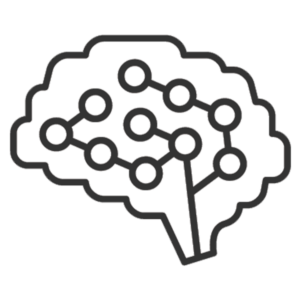
Most companies improve old processes and call it Innovation. True Innovation, however, requires new processes to be successful. CAN helps build those new processes by providing expertise and guidance to help organizations dream bigger than just improvement.
TRAIN
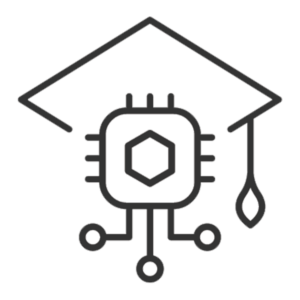
CAN helps you build and teach your team the necessary skills (both soft and technical) to perform and manage information-driven decision making. We help identify current employees that can be cross-trained as well as help you design your hiring and management system to attract and retain outside talent.
TRAIN

CAN helps you build and teach your team the necessary skills (both soft and technical) to perform and manage information-driven decision making. We help identify current employees that can be cross-trained as well as help you design your hiring and management system to attract and retain outside talent.
INCUBATE
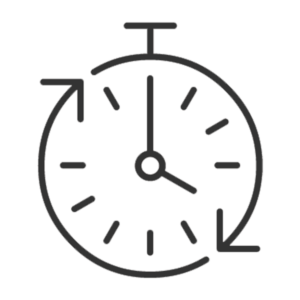
Project incubation is a critical, often skipped step. Project incubation is CAN working alongside your team to give you support while your team learns how to build data science. As your team ramps up its skills and ability, we will ramp down and transition more work to your team. This gives you the stability to learn without losing momentum.
MENTOR
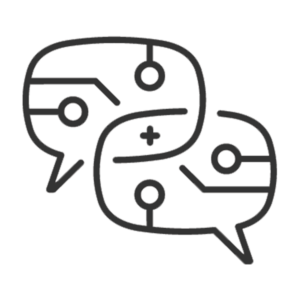
Once your organization has a team that is trained and able, CAN steps into a mentor/peer role giving the reins back to the organization. We then help with overflow projects, temporary data scientist needs, and strategic knowledge. This gives your team the bravado to keep building without the fear of failing.
MENTOR

Once your organization has a team that is trained and able, CAN steps into a mentor/peer role giving the reins back to the organization. We then help with overflow projects, temporary data scientist needs, and strategic knowledge. This gives your team the bravado to keep building without the fear of failing.
WHAT DOES THIS LOOK LIKE?
This is an example timeline used in our process. Yours will be custom to you. It might be faster. It might be slower. It might have more projects, but will likely include these items.
We lead you to create your new data journey.
We support your team in these new processes.
We transition out so your team can step up.
We are available to support your success.
1
AUDIT
This is a very important aspect of the entire process. Understanding the history of your organization, your culture, your goals, and the people are critical to establishing a good foundation to build a successful program.
During this phase, we will interview the key leadership and stakeholders. We will also want to know where you are now – access to tools, resources; what data is available; how it is being collected and stored; what expertise and capacity is available; and an understanding of your organization’s culture.
2
STRATEGIC PLAN
After an audit of your organization, we will work with your leadership and project managers to develop a strategic plan for designing and implementing initiatives that will help you accomplish your stated goals and put you on a path to long-term success.
Included in this plan will be a roadmap on how to get to your destination. We will outline the things you are missing and how to find them. This includes how to get the skills you need, what software you might need, what people you should be looking for, and what frameworks or architecture you might need. You will also get a plan on how, but more importantly when, these things will need to be initiated.
Your specific plan will be customized to fit your unique goals, issues, history and culture.
3
PROTOTYPE
- Show where the bottlenecks for implementation across the organization will be. Implementing a prototype is critical before the implementation of larger, more complicated projects.
- Prove to managers, administrators, and users that data-driven decision making can save time and/or money and accomplish your goals.
This is also where we will begin to identify those traits mentioned in the TRAIN step that will become important in choosing your first data scientists. We will help you choose those employees (internal or external) and begin their training.
4
PROJECT 1 - DESIGN
This is where we design and build out the first main project for you. This project will be much larger than the prototype and will be created using non-real-time, sandboxed data. Additionally, this project will (as will all projects) be “clear box”–meaning we will show you how everything is done. No black boxes.
This is also where we start incorporating your team into the process. Your team will be right beside us as we build and implement together.
5
PROJECT 1 - IMPLEMENTATION
Once Project 1 has been designed and tested, it needs to be implemented into the enterprise level of the organization. This includes automating the model as well as using real time data.
This usually includes connecting with the data team that may not have been involved in the design of the project.
6
PROJECT 2 - DESIGN
Shortly after or potentially in parallel with Project 1 Implementation, we (CAN and your team) will start designing more projects. This design is led by your team. We are still there for support, but your team takes the lead, builds the project and implements the prototype.
This happens during project incubation — meaning our team is on call, sometimes in the same room, available to you when you need. In this way, we provide technical support only when needed, gentle guidance through a daily check-in, and lots of moral support.
7
PROJECT MAINTENANCE
Project maintenance is a wholly different process than implementation. This phase of a project is placing a person in charge of making sure the model doesn’t break when data changes or as the need of the model changes over time.
This skill set for maintenance is not usually the same as for design and implementation. Therefore, we recommended using a different person or team to maintain the models. We will help you understand those skill sets and manage accordingly.
8
PROJECT 2 - IMPLEMENTATION
At this point, your organization has a team that is capable of implementing the model. Different from Project 1 Implementation, Project 2 Implementation is done without us onsite.
This is the first time you’re trained–and-ready team is working without us. We are still here as mentors, but only as a on-demand data science staff.
9
PROJECT SUPPORT
- You need a project designed and implemented because your team is busy designing and maintaining your other models.
- You need temporary, skilled data scientists to augment your team (usually when multiple models need to be updated or maintained at once).
- You have a short-term need for someone with a distinct knowledge base or skill set and do not want or need to hire a senior-level data scientist for the project
- You need training. Data science is a rapidly-evolving industry. New technologies that did not exist even three years ago quickly become industry standards.
We are bleeding-edge consultants with knowledge and expertise in emerging concepts, ideas, trends and software. We are always available to train as the need arises.
AUDIT
This is a very important aspect of the entire process. Understanding the history of your organization, your culture, your goals, and the people are critical to establishing a good foundation to build a successful program.
During this phase, we will interview the key leadership and stakeholders. We will also want to know where you are now – access to tools, resources; what data is available; how it is being collected and stored; what expertise and capacity is available; and an understanding of your organization’s culture.
STRATEGIC PLAN
After an audit of your organization, we will work with your leadership and project managers to develop a strategic plan for designing and implementing initiatives that will help you accomplish your stated goals and put you on a path to long-term success.
Included in this plan will be a roadmap on how to get to your destination. We will outline the things you are missing and how to find them. This includes how to get the skills you need, what software you might need, what people you should be looking for, and what frameworks or architecture you might need. You will also get a plan on how, but more importantly when, these things will need to be initiated.
Your specific plan will be customized to fit your unique goals, issues, history and culture.
PROTOTYPE
The prototype is the important first project. It is not meant to solve a large problem, but instead, meant to do two things:
- Show where the bottlenecks for implementation across the organization will be. Implementing a prototype is critical before the implementation of larger, more complicated projects.
- Prove to managers, administrators, and users that data-driven decision making can save time and/or money and accomplish your goals.
This is also where we will begin to identify those traits mentioned in the TRAIN step that will become important in choosing your first data scientists. We will help you choose those employees (internal or external) and begin their training.
PROJECT 1 - DESIGN
This is where we design and build out the first main project for you. This project will be much larger than the prototype and will be created using non-real-time, sandboxed data. Additionally, this project will (as will all projects) be “clear box”–meaning we will show you how everything is done. No black boxes.
This is also where we start incorporating your team into the process. Your team will be right beside us as we build and implement together.
PROJECT 1 - IMPLEMENTATION
Once Project 1 has been designed and tested, it needs to be implemented into the enterprise level of the organization. This includes automating the model as well as using real time data.
This usually includes connecting with the data team that may not have been involved in the design of the project.
ingly.
PROJECT 2 - DESIGN
Shortly after or potentially in parallel with Project 1 Implementation, we (CAN and your team) will start designing more projects. This design is led by your team. We are still there for support, but your team takes the lead, builds the project and implements the prototype.
This happens during project incubation — meaning our team is on call, sometimes in the same room, available to you when you need. In this way, we provide technical support only when needed, gentle guidance through a daily check-in, and lots of moral support.
PROJECT MAINTENANCE
Project maintenance is a wholly different process than implementation. This phase of a project is placing a person in charge of making sure the model doesn’t break when data changes or as the need of the model changes over time.
This skill set for maintenance is not usually the same as for design and implementation. Therefore, we recommended using a different person or team to maintain the models. We will help you understand those skill sets and manage accordingly.
PROJECT 2 - IMPLEMENTATION
At this point, your organization has a team that is capable of implementing the model. Different from Project 1 Implementation, Project 2 Implementation is done without us onsite.
This is the first time you’re trained–and-ready team is working without us. We are still here as mentors, but only as a on-demand data science staff.
PROJECT SUPPORT
Now that your organization has a capable team, CAN shifts to being your on-call data science team. Our team can step in when:
- You need a project designed and implemented because your team is busy designing and maintaining your other models.
- You need temporary, skilled data scientists to augment your team (usually when multiple models need to be updated or maintained at once).
- You have a short-term need for someone with a distinct knowledge base or skill set and do not want or need to hire a senior-level data scientist for the project.
- You need training. Data science is a rapidly-evolving industry. New technologies that did not exist even three years ago quickly become industry standards.
We are bleeding-edge consultants with knowledge and expertise in emerging concepts, ideas, trends and software. We are always available to train as the need arises.

